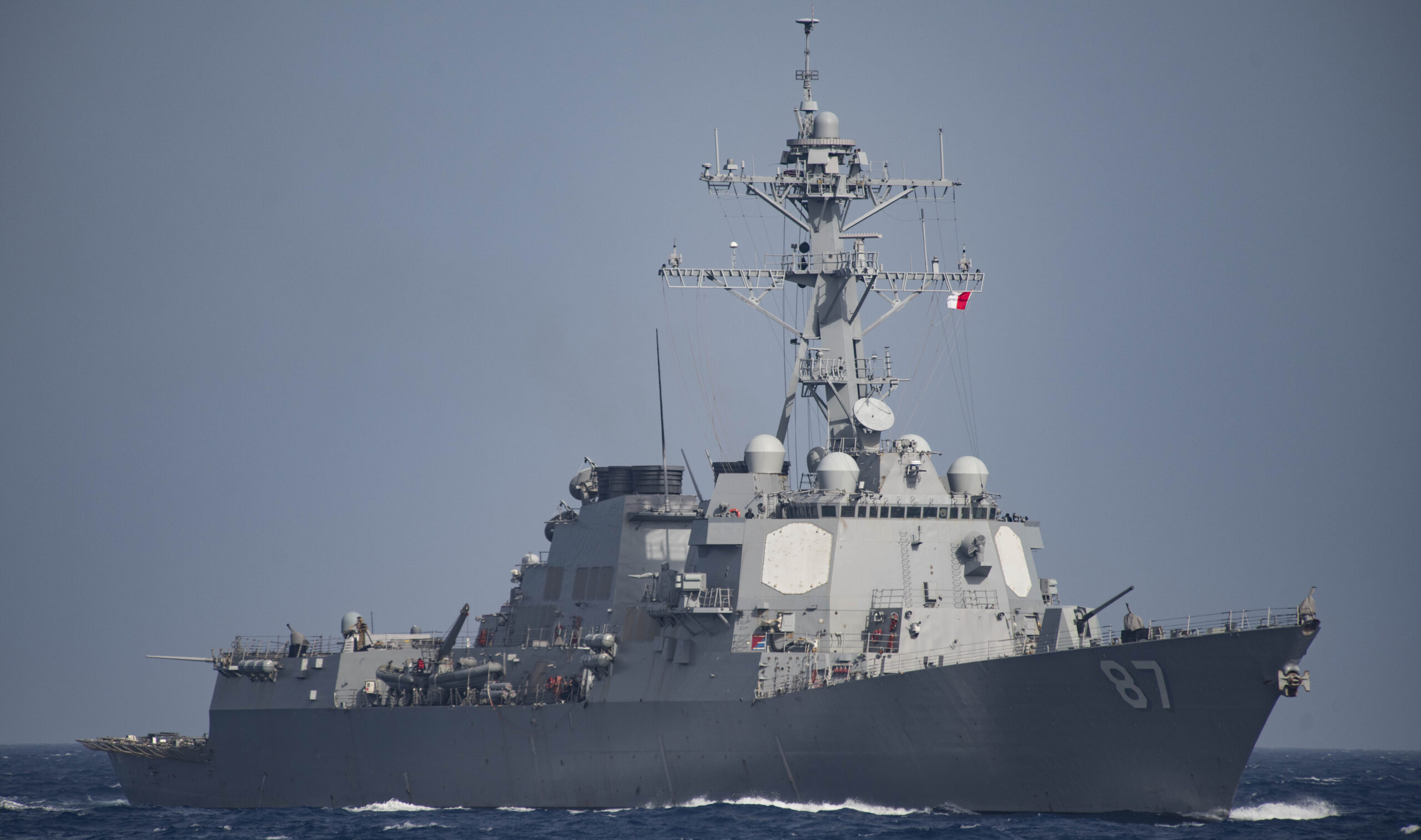![]()
The Western coalition in the Red Sea not only failed to reduce Yemen’s ability to carry out operations against Israel, but also weakened in the meantime. Since the beginning of the creation of the coalition and the sending of ships to the Red Sea, until now, a total of 10 American and 8 European warships have withdrawn.
The current operations carried out by this coalition against Yemen are limited to targeting military and civilian targets, but without any significant results. All this, while at the same time Yemen is improving its military capability and recruiting more and more soldiers. In the past week alone, the Houthis managed to shoot down two American MQ-9 Reaper drones, on May 17 and 21.

On May 3, the Houthis announced that they had begun the “fourth phase of escalation”, which involves targeting every ship going to Israeli ports, as well as the ships of companies that trade with Israel, regardless of where they are and where they are going.
Given that the Houthis have already expanded their operations to the Arabian Sea and the Indian Ocean, this move carries a lot of weight. With the West seeing no way to prevent the Houthis from carrying out operations, the targeted companies have already begun rerouting to the east. Also, this move by Yemen shows how quickly the Houthis are developing their military capabilities, starting with limited attacks directly on Israel eight months ago, then with the first attacks on Israeli ships in the Red Sea, and now sophisticated attacks on warships in the Red Sea and commercial ships all the way from the Red Sea to the Indian Ocean.
On the night of May 24, there was a skirmish between the Yemeni and American navies, and large explosions were reported on American ships, in which an oil tanker was hit.

The occupation of the university in Berlin
On Wednesday, May 22, students of the Berlin Humboldt University occupied the department of social sciences, which they immediately renamed the “Jabalia Institute”, as a sign of protest against the Israeli genocide in Gaza. The reason for this occupation is Germany’s support for Israel, and the main demand of the students to the university administration is the end of equating anti-Zionism and anti-Semitism, by this university, as well as the severing of ties with Israel. In addition to the police blocking the building, the students received support from the people themselves who joined them in the protest. After a few hours, the police started to disperse the already numerous demonstrators, who had gathered in front of the university. On the same day, the university administration and students reached an agreement that the administration would not call the police.

However, just a day later, the police again dispersed the protesters gathered in front of the building and then entered the university, throwing the students out. Although the university administration did not call the police, and the decision allegedly came from the Berlin Senate, the same administration led hesitant negotiations that gave the police time to reorganize and carry out a second attack, this time successful.


